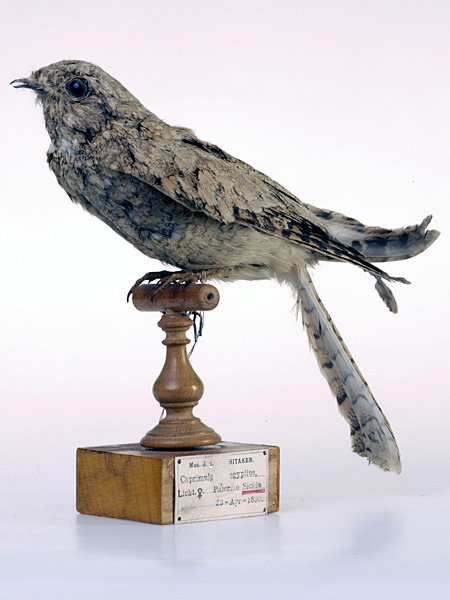Facts About Egyptian nightjar
The Egyptian nightjar, a medium-small bird native to Southwest Asia and North Africa, migrates to tropical Africa during the winter months. Despite the ongoing threat of habitat destruction, the species remains relatively common and widespread, leading the International Union for Conservation of Nature to classify it as "Least Concern."
The name "nightjar" is derived from the bird's nocturnal habits and its distinctive churring song. Its scientific name, Caprimulgus aegyptius, has intriguing origins: "Caprimulgus" translates from Latin to "goat-milker" referencing an old myth that nightjars would drink milk from goats, while "aegyptius" simply means "Egyptian."
In terms of appearance, the Egyptian nightjar features pale, sand-colored feathers streaked with buff and brown, making it lighter in color than its European counterpart. Though it is smaller in size, it has longer wings and a longer tail. True to the characteristics of its family, the bird has a wide mouth, long wings, and soft plumage—all ideal for its nocturnal lifestyle. Males are distinguishable by small white wing spots, and their call is a repetitive, mechanical sound.
This bird thrives in regions spanning from northern Africa to the Arabian Peninsula and the Middle East, favoring open desert areas with sparse vegetation and occasionally staying close to water sources. Its diet primarily consists of insects active during twilight hours. Interestingly, the Egyptian nightjar lays its eggs directly on the ground without constructing a nest.

 China
China